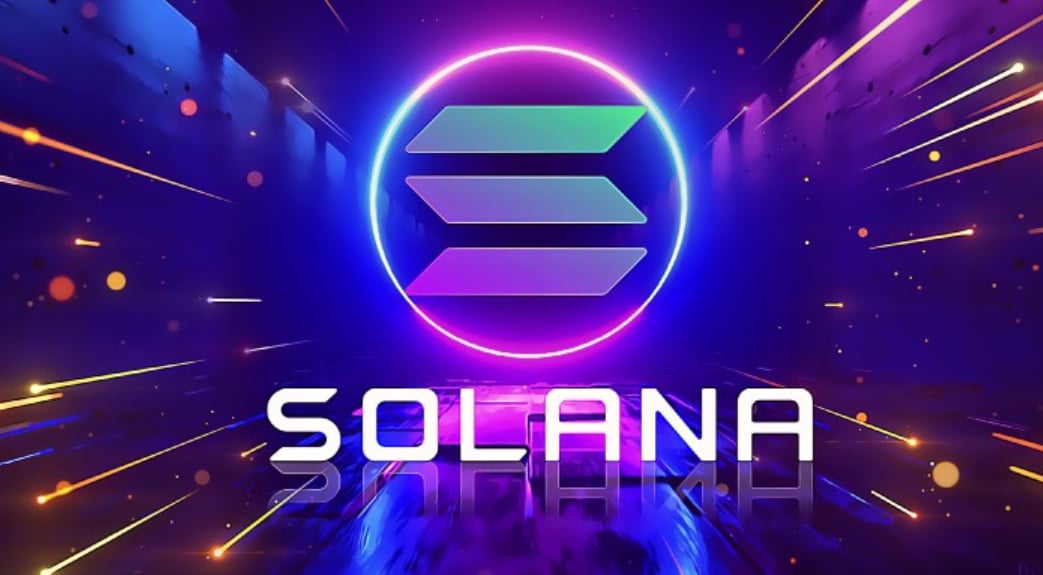The continuing anticipation for a Solana ETF has continued as stablecoin issuer Circle has lately minted $250 million price of USDC on the community. Certainly, the stablecoin was minted days in the past on the blockchain and injects recent liquidity that ought to increase confidence within the funding product.
Though the market is awaiting the official launch of an Ethereum ETF, SOL has gotten loads of consideration. Furthermore, corporations like VanEck and 21Shares have already submitted essential filings with the US Securities and Alternate Fee (SEC). The hype across the SOL providing ought to solely improve.
SOL ETF Hype Continues With Large Stablecoin Inflow on the Blockchain
Earlier this yr, Circle introduced its dedication to boosting liquidity on Solana., The community’s Head of technique, Austin Federa, introduced the cross-chain switch protocol (CCTP) that debuted on the community. Now, the collaboration is already paying dividends.
Solana ETF hype has fast-tracked as Circle has minted $250 million in USDC on the community. That improve notes a surge in consumer demand and different potential of the blockchain. With Bitcoin and Ethereum getting crypto-based ETFs this yr, many imagine Solana is subsequent.
Earlier this yr, GSR Markets launched a report highlighting why that was a chance. The agency acknowledged that SOL “cemented itself as a part of crypto’s Large Three.” Moreover, their evaluation confirms that the token is almost certainly to obtain the subsequent ETF within the US based mostly on each decentralization and demand metrics.
That ought to have an enormous influence on SOL’s worth. The token is at the moment buying and selling at $155, and up greater than 7% within the final 24 hours, in line with CoinMarketCap. These features lengthen to teh final 7 days, the place it has surged greater than 13%.
The ETF hypothesis ought to proceed to drive the value even increased. Crypto analyst Ali Martinez lately forecasted SOL to reflect a 2021 sample. Subsequently, he famous that Solana might attain costs as excessive as $950 on the finish of the market’s subsequent bull cycle.



